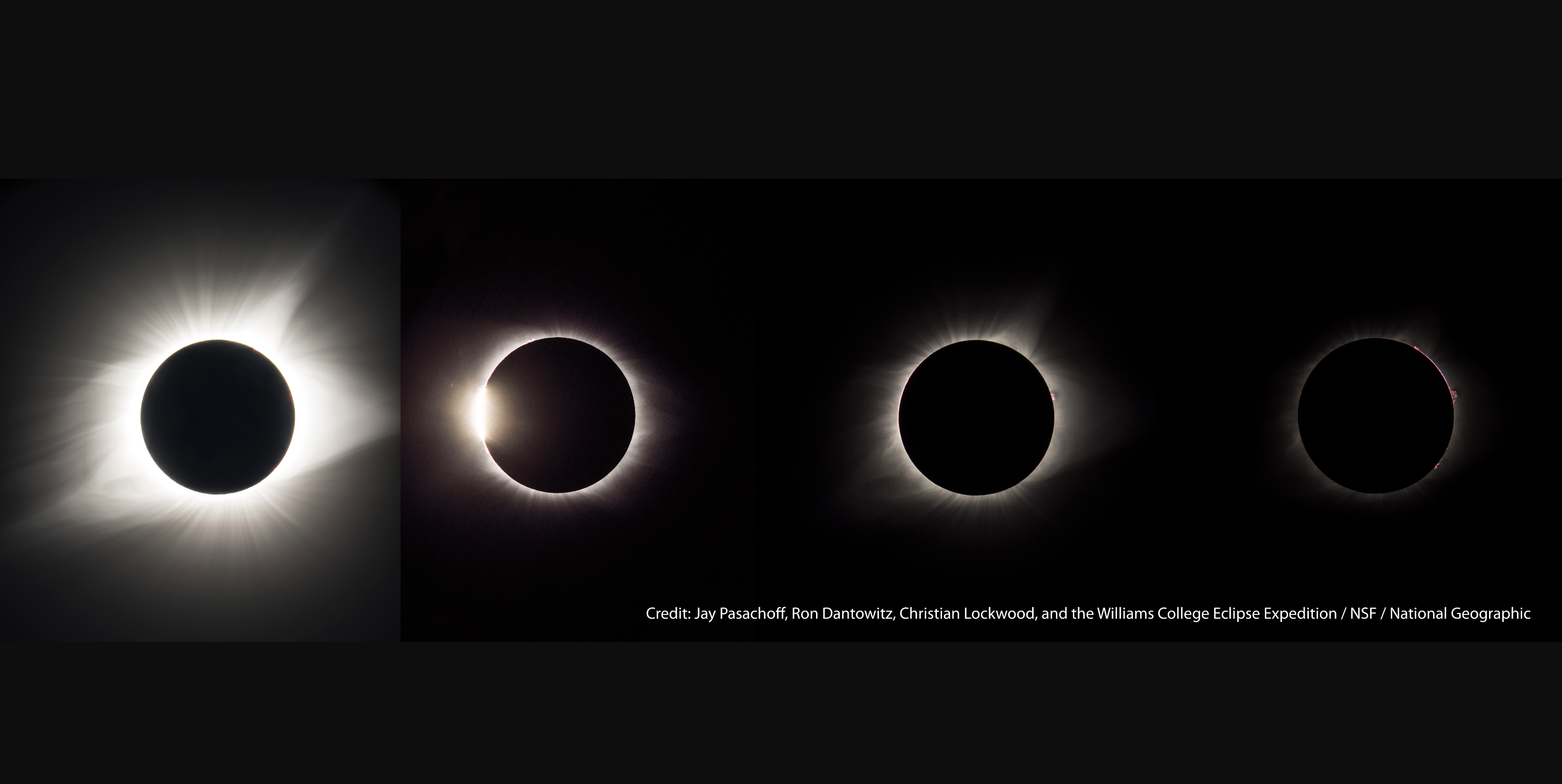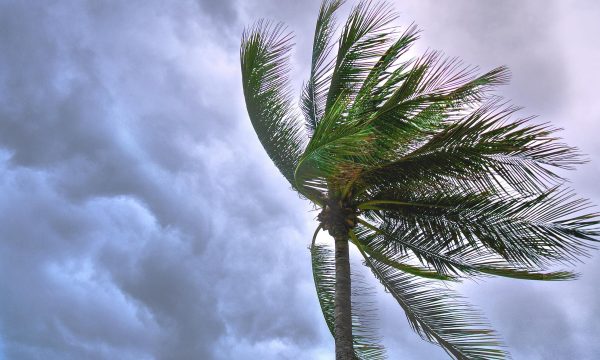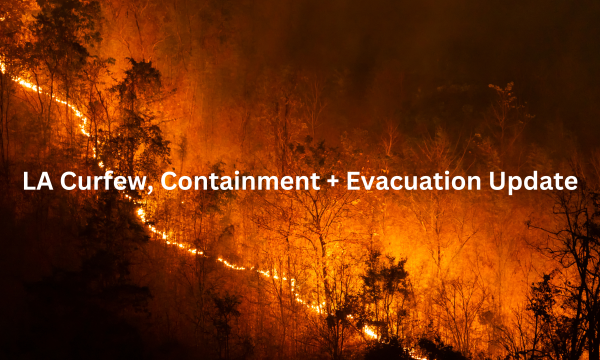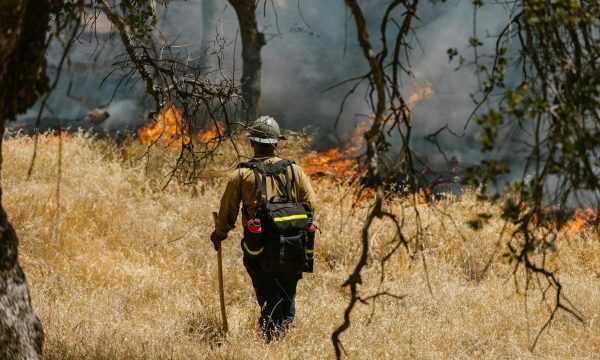The April 8, 2024, eclipse will be a total solar eclipse. It will be the last total solar eclipse visible from the contiguous United States until 2044.
A total solar eclipse happens when the Moon passes between the Sun and Earth, completely blocking the face of the Sun. People viewing the eclipse from locations where the Moon’s shadow completely covers the Sun – known as the path of totality – will experience a total solar eclipse. The sky will darken, as if it were dawn or dusk. Weather permitting, people along the path of totality will see the Sun’s corona, or outer atmosphere, which is usually obscured by the bright face of the Sun.
For NASA, this eclipse provides a unique opportunity to study the Sun and Earth. Through volunteering in citizen science projects, people all over North, Central, and South America can participate in scientific research during this eclipse.
- 2024 Total Solar Eclipse
- Information about the 2024 total eclipse, including where and when the eclipse is, how to prepare, activities, and images.
- go.nasa.gov/Eclipse2024
- Total Solar Eclipse Safety
- Safety information about the eclipse, including eye safety and resources for other hazards.
- https://science.nasa.gov/eclipses/future-eclipses/eclipse-2024/safety/
- General Solar Eclipse
- General information about eclipses, including other upcoming eclipses, citizen science, and scientific information.
- https://science.nasa.gov/eclipses/
Educational Resources
- NASA HEAT
- NASA Heliophysics Education Activation Team (NASA HEAT) provides resources and methods for informal and formal educators to incorporate heliophysics and eclipse content into their work.
- https://solarsystem.nasa.gov/heat/
- Eclipse Ambassadors – Off the Path Engagement
- Undergraduate students and amateur astronomers will engage their local communities, providing solar viewing glasses as well as context for underserved communities off the central paths.
- https://astrosociety.org/education-outreach/amateur-astronomers/eclipse-ambassadors/program.html














